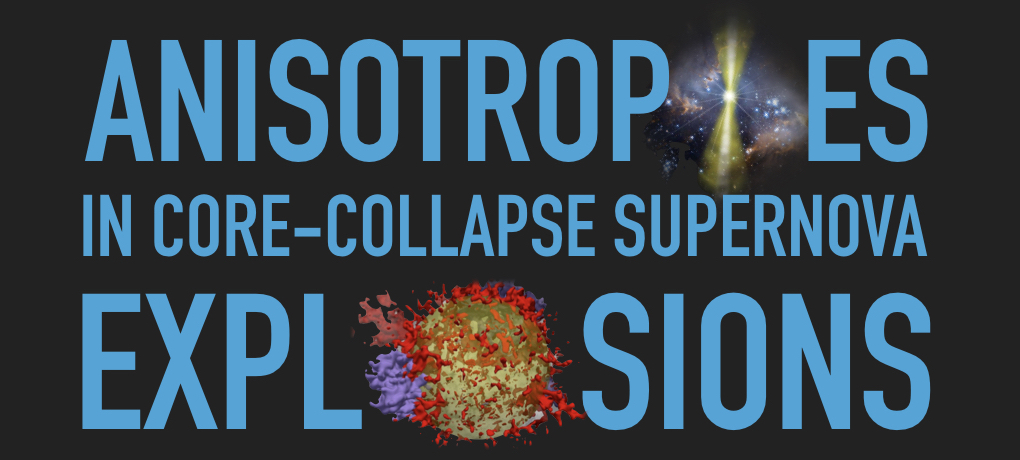Description
Terreran, Margutti, et al.
Late-time observation of supernovae have already proven to be an invaluable source of information, providing a privileged insight to the innermost region of the ejecta, and therefore on the core of the progenitor star. By waiting long enough for the ejecta to become optically thin, we could in principle reveal the compact remnant left by the explosion. Very late-time observations of a handful of stripped-envelope SNe are starting to show indirect evidences for the presence of the compact object left there by the stellar collapse (e.g. Milisavljevic et al., 2018). Optical spectra taken more than a decade after explosion appear to be dominated by forbidden emission of oxygen and sulfur, with velocities of 2500 km/s. These could result from the heating of the ejecta by a inner source, like a pulsar wind nebula. This is also supported by an enhancement of the X-ray and radio fluxes, possibly originated by the highly magnetized compact object. I present very very-late observations of SNe at t 6-16 years and discuss our findings into the context of pulsar wind nebulae inflated by the compact object.

